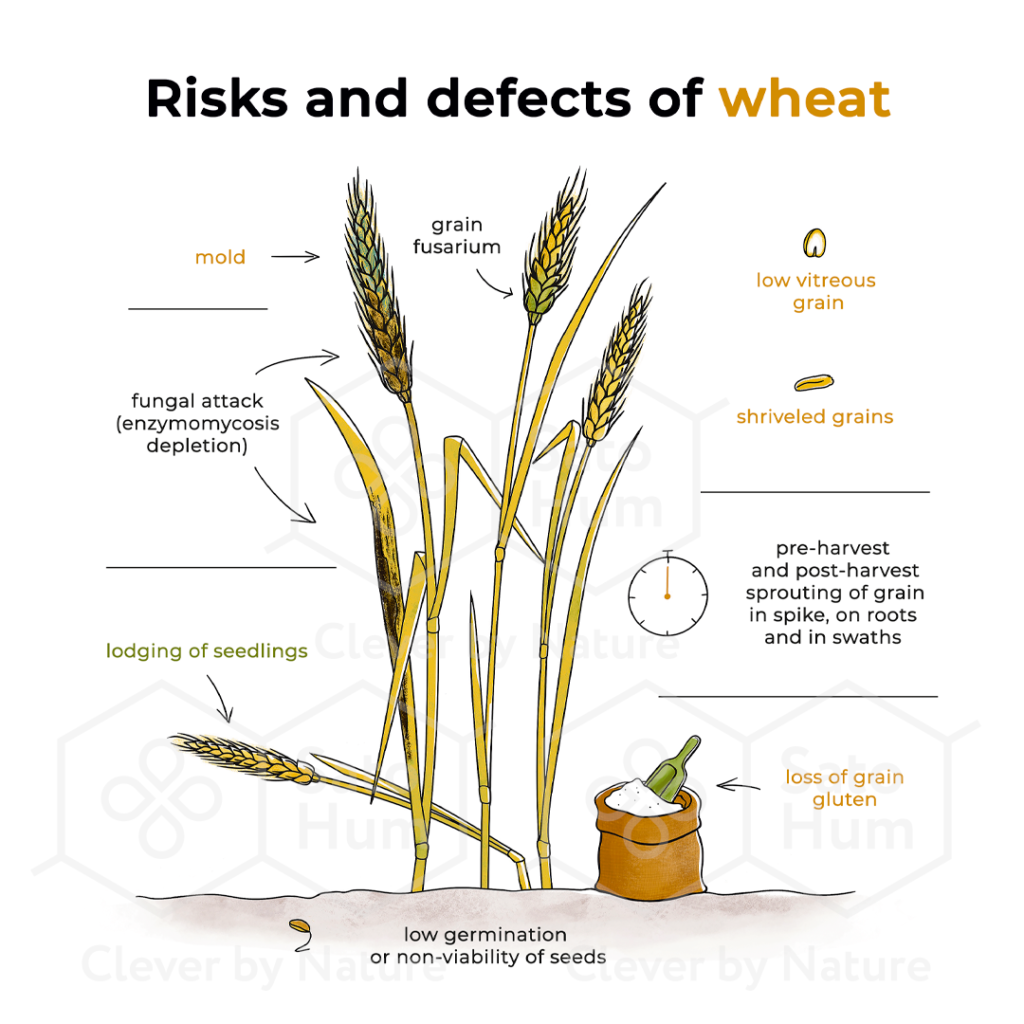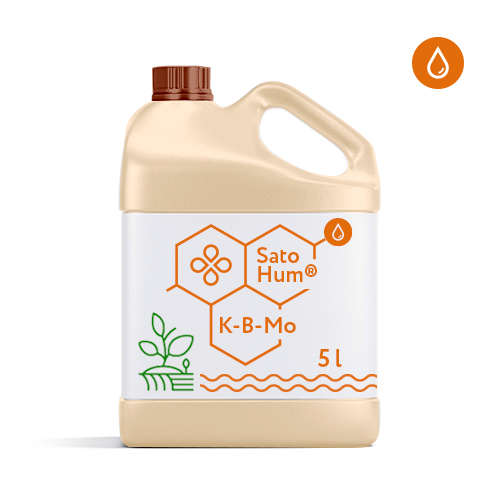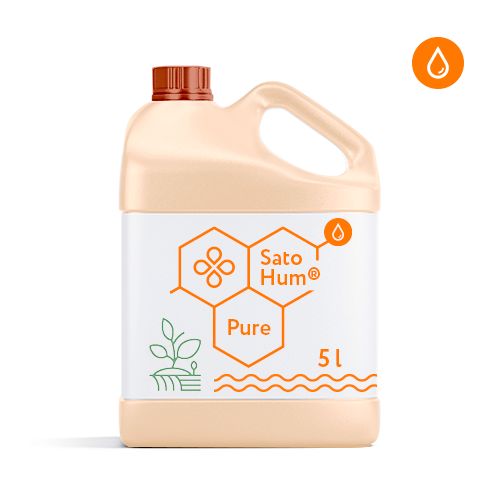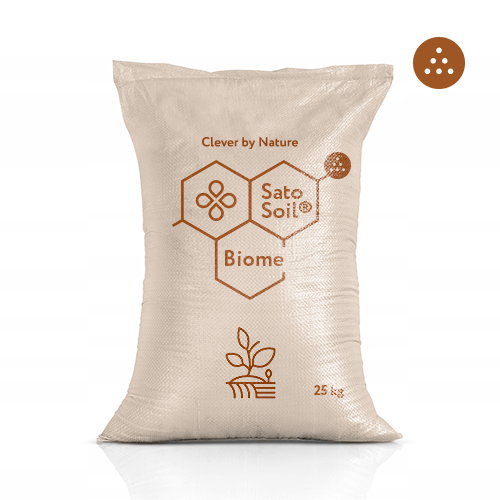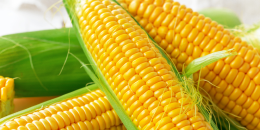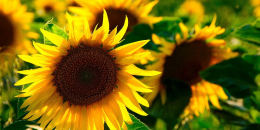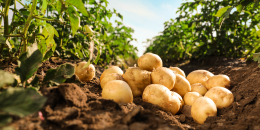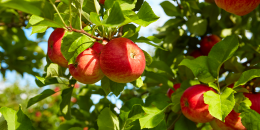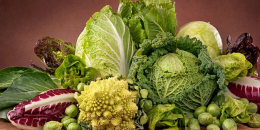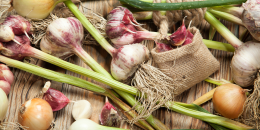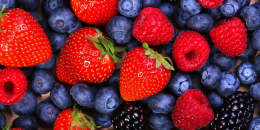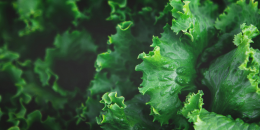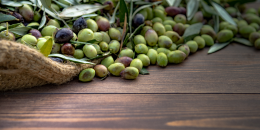It is difficult to overestimate the importance of grain crops when half of all farmland in the world is occupied by wheat, rye, rice, corn, sorghum, barley and oats. Being the most demanded crops, the whole complex of agricultural technologies in the cultivation of cereals is aimed at intensifying production: preserving fertile humus, reducing climate risks and pest attacks, and increasing yields per unit field.
Cereals - Wheat
General trends in the application of fertilizers and plant protection chemicals in both extensive and intensive cultivation of wheat and other cereals indicate that the priority of producers is shifting from the introduction of high doses of NPK and herbicides to more rational nutrition, accurate monitoring and correction of macro, meso and micronutrients deficiencies, minimizing the cost of non-renewable energy and optimizing renewable energy (solar radiation, circular bioeconomy and decarbonization).



In extensive cultivation, agricultural practices of “zero” tillage are gaining strength: mulching crop residues, refusing to plow, cultivate and harrow, strict dosing of fertilizers and plant protection products. For the “No-Till” system, soil improvers SatoSoil®, Organo-mineral Biostimulants SatoGrow® and macro and micronutrition SatoHum ®, rich in humic and fulvic acids, are also recommended.
Intensive and precision agriculture is a high-cost and laborious in-line production of grain, focused on the maximum yield potential of varieties, rising seeding rates per hectare, maintaining optimal soil protection and melioration, diminishing risks of diseases and crop lodging. Many intensive farms rely on drastic weed clearing in search of the highest profitability.
We adhere to the principles of organic and ecological crop production and use the beneficial properties of sapropel and lowland peat and the resulting humates for thermo- and moisture regulation, natural plant immunization, and soil aeration, not forgetting the bactericidal and fungicidal effects of peat-sapropel mixtures. The following compositions are specially indicated for intensive farming: soil improvers SatoSoil® , organo-mineral biostimulants SatoGrow®, liquid top dressing with macro and micronutrients SatoHum®, and the special composition Sato® Seeds
- low germination or non-viability of seeds,
- lodging of seedlings,
- grain fusarium,
- low vitreous grain,
- loss of grain gluten,
- shriveled grains,
- pre-harvest and post-harvest sprouting of grain in spike, on roots and in swaths,
- fungal attack (enzymomycosis depletion) and mold.
It is difficult to overestimate the importance of grain crops when half of all farmland in the world is occupied by wheat, rye, rice, corn, sorghum, barley and oats. Being the most demanded crops, the whole complex of agricultural technologies in the cultivation of cereals is aimed at intensifying production: preserving fertile humus, reducing climate risks and pest attacks, and increasing yields per unit field.
General trends in the application of fertilizers and plant protection chemicals in both extensive and intensive cultivation of wheat and other cereals indicate that the priority of producers is shifting from the introduction of high doses of NPK and herbicides to more rational nutrition, accurate monitoring and correction of macro, meso and micronutrients deficiencies, minimizing the cost of non-renewable energy and optimizing renewable energy (solar radiation, circular bioeconomy and decarbonization).



In extensive cultivation, agricultural practices of “zero” tillage are gaining strength: mulching crop residues, refusing to plow, cultivate and harrow, strict dosing of fertilizers and plant protection products. For the “No-Till” system, soil improvers SatoSoil®, Organo-mineral Biostimulants SatoGrow® and macro and micronutrition SatoHum ®, rich in humic and fulvic acids, are also recommended.
Intensive and precision agriculture is a high-cost and laborious in-line production of grain, focused on the maximum yield potential of varieties, rising seeding rates per hectare, maintaining optimal soil protection and melioration, diminishing risks of diseases and crop lodging. Many intensive farms rely on drastic weed clearing in search of the highest profitability.
We adhere to the principles of organic and ecological crop production and use the beneficial properties of sapropel and lowland peat and the resulting humates for thermo- and moisture regulation, natural plant immunization, and soil aeration, not forgetting the bactericidal and fungicidal effects of peat-sapropel mixtures. The following compositions are specially indicated for intensive farming: soil improvers SatoSoil® , organo-mineral biostimulants SatoGrow®, liquid top dressing with macro and micronutrients SatoHum®, and the special composition Sato® Seeds
- low germination or non-viability of seeds,
- lodging of seedlings,
- grain fusarium,
- low vitreous grain,
- loss of grain gluten,
- shriveled grains,
- pre-harvest and post-harvest sprouting of grain in spike, on roots and in swaths,
- fungal attack (enzymomycosis depletion) and mold.
| SOILS | SEEDS | GROWTH | HARVEST | ||
| SatoSoil® Biome
General recovery of the fertile soil layer (alternate husbandry) incorporation to a depth up to 16 cm or single application with mulch 5 – 10 t/ha SatoSoil® pHoenix Improving soil granulosity and seed germination Removal of nitrates and correction of acidic and saline soils Deep plowing up to 18 cm, the norm depending on the condition of the soil 5 – 20 t/ha SatoHum® K or SatoGrow® NPK/ SatoGrow® N Watering the soil improver 2 – 6 l/ha
|
Sato® Seeds
Seed treatment 0,8 l/t seed treatment in a tank mix with a disinfectant SatoGrow® K Granules or SatoGrow® NPK Granules Biostimulation of germination Root top dressing Gradual release of macronutrients Winter/Spring Wheat 100 – 300 kg/ha/season SatoHum® K or SatoGrow® NPK/ SatoGrow® N Granulate activation 2 – 6 l/ha |
SatoHum® Complex
Tillering improvement Chlorosis – lack of iron Correcting excess of moisture First seedlings – 1 l/ha SatoHum® SiO Adverse weather conditions (wind, hail, rain) Stress resistance in the phase of stem extension and grain formation 1,5 – 2 l/ha SatoGrow® NPK/ SatoGrow® N Growth intensification 2 l/ha |
SatoHum® K-B-Mo
Plumping and ripening Grain maturation 1,5 – 2 l/ha SatoHum® Ca Milky ripeness Wax ripeness Full ripeness Tillering and stem extension 1,5 l/ha Milky ripeness 1,5 l/ha |
SatoHum® Ca
Prevent germination of grain in the spike or on the roots Stable state of rest 0,6 – 1 l/t Sato® Seeds Harvest treatment 0,8 l/t |
|
WARNING: 4 Sato® Steps is a comprehensive crop care system that provides the basic crop needs for the main 12 macro, meso and micronutrients for an optimal growing cycle and unlocking the potential of each crop.
SOILS: In pre-sowing application of SatoSoil® Soil improvers, the minimum rate is introduced, when autumn applying, the maximum rate is recommended. When applying SatoGrow® Biostimulants after SatoSoil® Soil improvers, the minimum rate is applied; if the soil hasn’t been treated, the maximum rate is applied. For irrigation, it’s recommended to activate granulates (soil improvers or biostimulants) with SatoHum® liquid formulations and SatoGrow® liquid organo-mineral biostimulants.
SEEDS/SEEDLINGS/VEGETATION BEGINNING: Treatment of seeds and seedlings with Sato® Seeds formulation is compatible with treatment by classical protectants without reducing the rates of their application, and helps to increase the viability of seedlings, the development of the plant and its fruitfulness.
GROWTH: Our SatoHum® solutions have a guaranteed composition with high content of humic and fulvic acids with amino acids of plant origin. It is not recommended to exceed the total applying dose of SatoHum® liquid formulations over 6 l/ha/season, starting from the germination/seedlings phase.
HARVEST: Simultaneous fertilization with several SatoHum® products is not expected. It’s not recommended to exceed the specified application rates. For single, not systemic application of SatoHum® products, the maximum dosage of the product is recommended.
